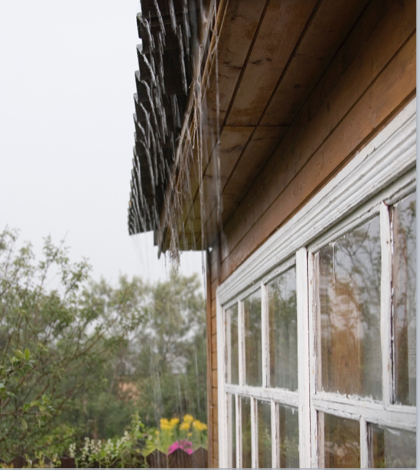For residents of tiny Paskenta, population 112 — located 130 miles north of Sacramento — you would never know that Northern California had a near-average rainfall in the past 12 months. For the third year in a row Paskenta is facing a unique drought. And though their situation is the most dire, Paskenta is one of about a dozen north Sacramento Valley towns tackling the effects of extreme drought and other circumstances.
As if California’s four-plus year drought weren’t enough for Paskenta’s residents, they are learning the lessons of geology, drought, environmental restrictions, long-dated contracts and politics. The geology portion is understandable – groundwater supplies decrease as the elevation increases. On the way to Mendocino Pass and at 725 feet Paskenta is high enough to see its groundwater options limited. Although the effects of the drought were somewhat relieved this past winter the rainfall didn’t make up for the three previous dry years.
As for environmental restrictions, politics and long-dated contracts Paskenta is between a rock and a hard spot. The only source of water for the Paskenta Community Services District (PCSD) is Thomes Creek. The District’s water in buried some 26 feet in the ground and mines the underflow from a pool in the creek. At present it is at approximately 6 ft. below the current water level.
But complicating Paskenta’s situation is an ironic situation. Nearby counties – Colusa and Glenn on the west side of Sacramento and Butte to the east – are experiencing their own depleting creeks and reservoirs. But the catch is a requirement from California’s Division of Water Rights, that all water systems on tributaries to the Sacramento River find other sources of water. This drought-caused mandate is designed to protect fish and those who hold senior water right per Reese Crenshaw, district engineer with California’s Division of Drinking Water within the state’s Department of Public Health.
Because Paskenta’s Thomes Creek flows into the Sacramento River, the little community has been mandated to stop tapping the creek for their community’s use. The irony is that Thomes Creek is already in an emergency state because its levels are so low.
Janet Zornig, secretary for Paskenta’s Community Service District, thought maybe the worst was over for at least Northern California when they were blessed with rain and snow last winter.
“I didn’t expect this to happen. I thought this year we would be past the drought. When I first moved to Flournoy I was told there was a 7-year drought back in before ’94 and that’s always been on my mind are we going to do that again,” said Zornig.
But it is politics that may temporarily help save Paskenta’s water woes. As it has for the past two years the nearby Corning City Council has authorized PCSD to collect up to 20,000 gallons of water per day from a metered hydrant service. The district can collect the water at $5.00 per 1,000 gallons if the following conditions exist:
- PCSD is unable to fulfill the water needs of its rate payers for reasons related to drought conditions;
- PCSD continues to make an effort to regulate and conserve water as required under the California Water Resources Control Board pertaining to non-urban water suppliers; and,
- The city of Corning is able to legally provide the water without fines or penalty while maintaining sufficient supply for the residents of Corning.
Although Paskenta’s residents are diligently conserving water it’s not enough, per Zornig. She contends the best option is to dig a well to supply 100 gallons per minute of water for district use. The second option might be to increase their capacity to store enough water to last the summer. PCSD is also working on a grant to present to the State Water Resources Control Board to help them look for new sources of water.
 California Water News Daily Your Source For Water News in California
California Water News Daily Your Source For Water News in California


